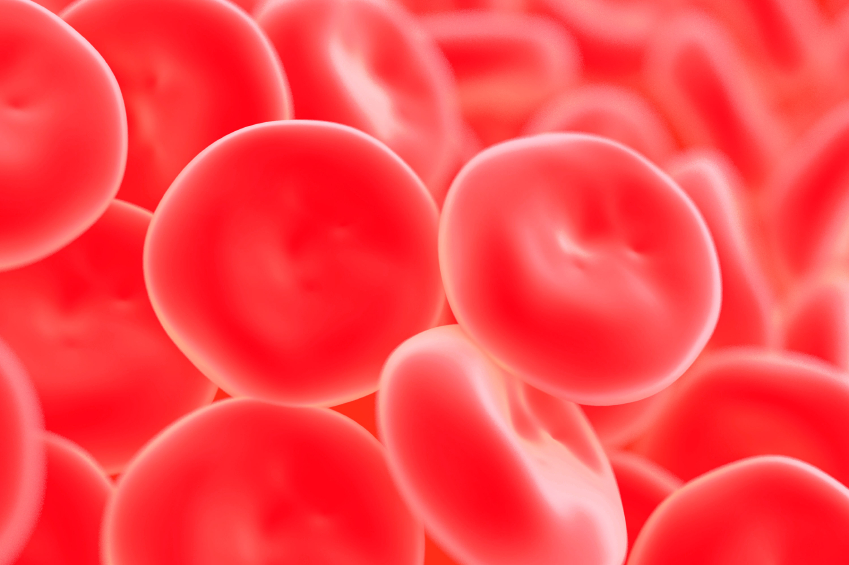Going out of the ethical dilemma
Whereas pressures in favour of research on human embryos intensify, an article by Gregory Benichou, professor and the Essec and titular of the bioethics and therapeutic innovation chair comes to clarify the debate1. He explains that the use of umbilical stem cells in regenerative medicine could offer an alternative to embryonic stem cells without embryo manipulation or cloning.
Big therapeutic promises
Since the first global graft performed in France in 1987 by the professor Eliane Gluckman, umbilical cord blood was transplanted to more than 6,000 patients worldwide, to treat some cancers and blood diseases. Umbilical cord blood cells already allow realising successfully transplants even in case of tissue incompatibility, which is not the case with a bone marrow graft. For that reason, in 2004 Japan was the first country in the world to perform more cord blood graft than bone marrow graft. Moreover, the plasticity of umbilical stem cells is almost like the one of embryonic stem cells, without inducing oncogenic effect after transplantation. Collected by low quantities at birth, they reached to regenerate in vitro and in vivo from the bone, cartilage, vessels, muscle, liver and heart cells and neurones. It seems that their therapeutic applications could be much extended.
Public and private banks
Since 2000, a lively competition develops in the world between cord blood banks. Public banks, without purpose of gain and profit and financed by public health funds, have stored free and non-directed grafts (allogenic graft). Private banks, with purpose of gain and profit, reserve the frozen cord to the exclusive use of the baby is from (autolog graft). In April 2006, we noted 134 private banks worldwide, gathering 740,000 units and 54 public banks having a total stock of 230,000 units and limited by public financings they depend on. Prohibited in France, in Spain and in Italy, private banks develop quickly in Belgium, Great Britain and Germany; their growth shoots up in Asia, aux United States and in Australia.
United States: to encourage ethical researches
In December 2005, American Congress voted the Stem Cell Therapeutic and Research Act, allocating a 265 million dollars budget to researches on bone marrow progenitor cells as well as umbilical cord blood cells.
Sanitary independence
The development of cord blood banks allows countries concerned not to be dependant on bio-resources from other countries.
In France, between 1994 and 2005, 63% of transplantations performed came from imported grafts; France ranks 16th worldwide in number of units per habitant. Faced with an internationally growing competition, France will have to increase the capacity of its bank, by maintaining the excellent quality of its grafts. This is the challenge of Eurocord Foundation supported by professors Eliane Gluckman and Gregory Katz-Benichou.

